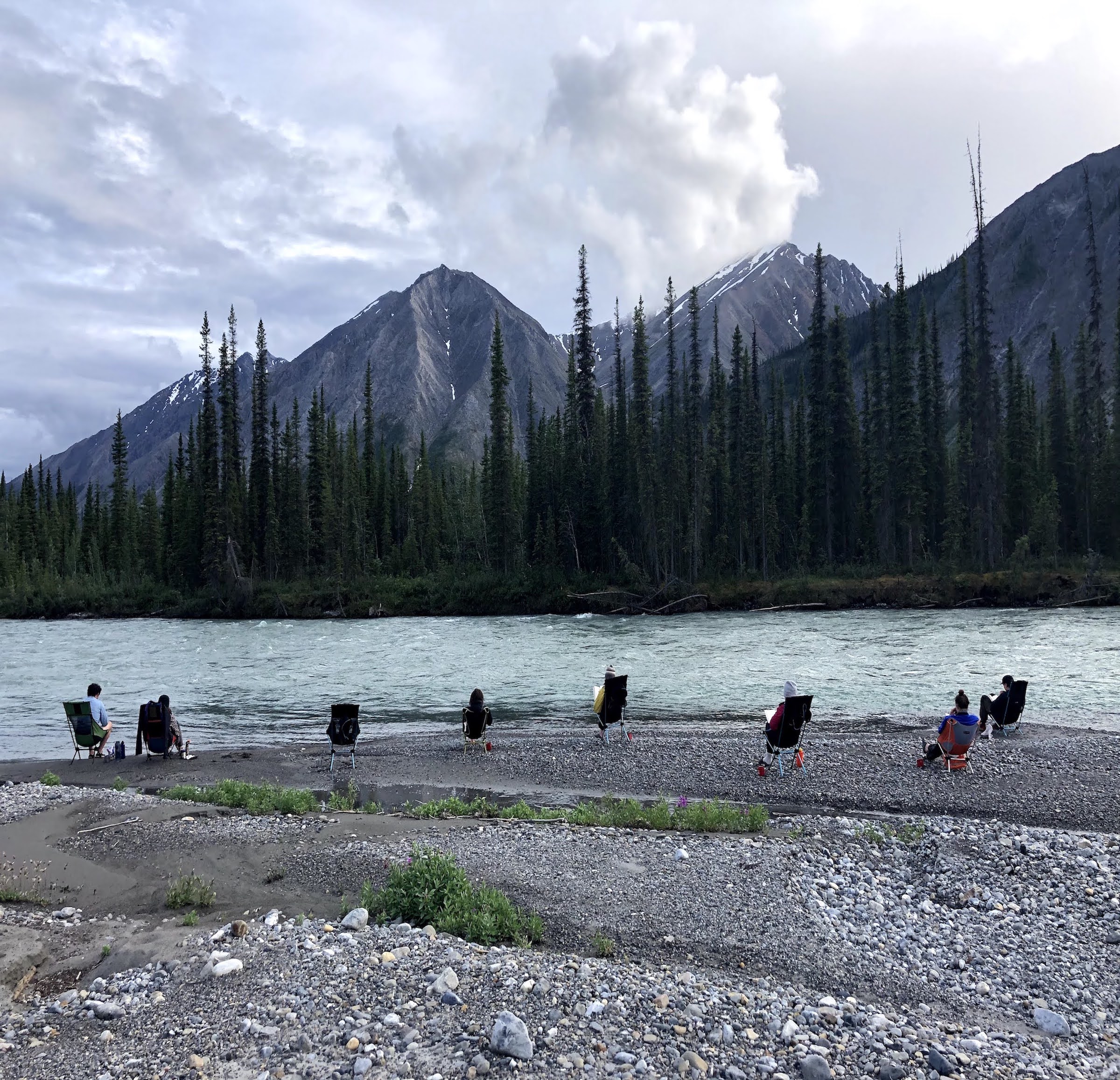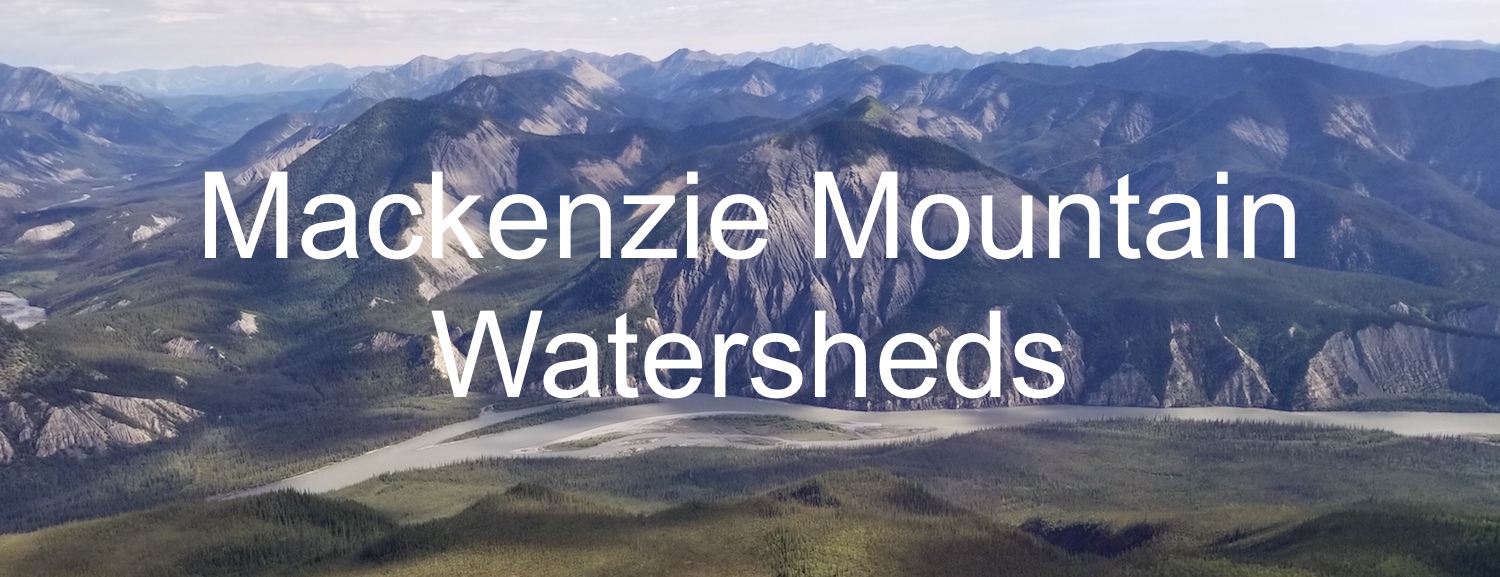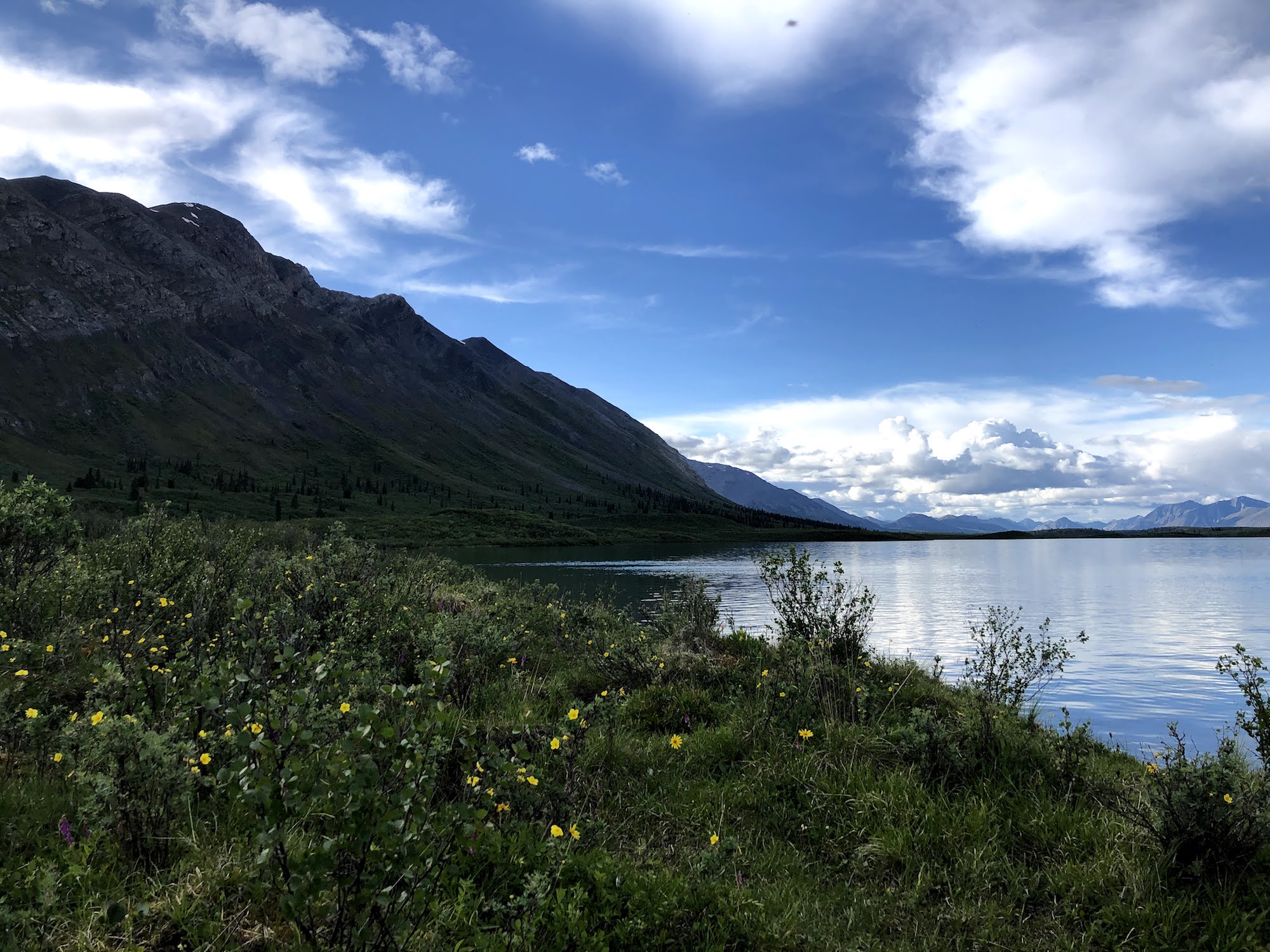In 1976 Nahanni National Park was established then was put on the UNESCO World Heritage List in 1978. In 2006, the UNESCO World Heritage Committee recommended that Canada protect the entire South Nahanni Watershed in recognition of its globally significant values. Nahanni National Park was expanded by 25,000 km² to become Nahanni National Park Reserve in 2009. This was the result of a collaborative effort between the Dehcho First Nations, government and non-government organizations including CPAWS, and thousands of concerned Canadians.
Nááts’įhch’oh National Park Reserve was established in 2014. In August 2012, the Sahtu Dene and Métis of Norman Wells and Tulita, NT reached an agreement with Parks Canada to establish Nááts’įhch’oh National Park Reserve within the Sahtu Dene and Métis settlement region.
The Nahanni and Nááts’įhch’oh National Park Reserves now protect 93%- over 35,000 km² of the South Nahanni headwaters and watershed. The area encompasses diverse landscapes and provides habitat for a rich variety of vegetation and wildlife. Over 700 species of plants, 300 species of mosses and lichens, 42 species of mammals including mountain woodland caribou, grizzly bears, dall sheep, and seven bat species, and nearly 200 species of birds inhabit the watershed.
Watershed at Risk? Industrial Activity in the South Nahanni Watershed
Proposed, Permitted, and Potential mines: Mining interests and access roads are prevalent in the mountain valleys adjacent to Nahanni and Nááts’įhch’oh NPRs. The Prairie Creek mine is permitted for further exploration and development and an access road will be built if funding is secured. The Nahanni Range Road is likely to be improved on the Yukon side of the border and an application from Selwyn-Chihong to upgrade the road on the NWT side would allow for up to 100 trucks per day of ore and supplies, this is pending Environmental Assessment. Roads inevitably bring people, and easier access for exploration and hunting.
Road Management: Governments in most jurisdictions are behind the curve when it comes to managing for the conservation of water and wildlife where roads bring access into otherwise remote areas. Roads are most often built along geographical corridors that are a financial path of least financial resistance for infrastructure. These corridors are also paths of least resistance for migratory species such as the Nahanni herds of mountain caribou. Road planning in the north hasn’t included an accounting of impacts to wildlife and the resources required to monitor and manage for wildlife into the future.
Proposed Industrial Projects Impacting the South Nahanni Watershed

Climate Change
As of 2009 it was estimated that glacier extent in the park had decreased by 30% over 26 years, this process continues with more glacier loss every year due to warming temperatures. Along with these increasing temperatures comes permafrost thaw leading to landslides and other landscape and ecosystem change. 40 new landslides were counted between 1976 and 2010 in main karst areas within the park.
Severe weather events are also expected to increase with increased warming which could surpass what mining infrastructure has been built to withstand.
Nahanni River Fund
The Nahanni River Fund (NRF) was established in 2005 by the Nahanni River Outfitters Association (NROA) and the Canadian Parks & Wilderness Society – Northwest Territories Chapter (CPAWS-NWT).
The NRF allows Nahanni river trippers to make a contribution toward projects that enhance education, protection, and advocacy opportunities in the Nahanni National Park Reserve and the greater South Nahanni Watershed.
The three outfitting companies that have contributed to the Nahanni River Fund are:
- Black Feather: www.blackfeather.com
- Nahanni River Adventures: www.nahanni.com
- Nahanni Wilderness Adventures: www.nahanniwild.com

![CPAWS NWT Logo [Transparent Background] CPAWS NWT](https://cpawsnwt.org/wp-content/uploads/2018/09/CPAWS-NWT-Logo-Transparent-Background.png)


